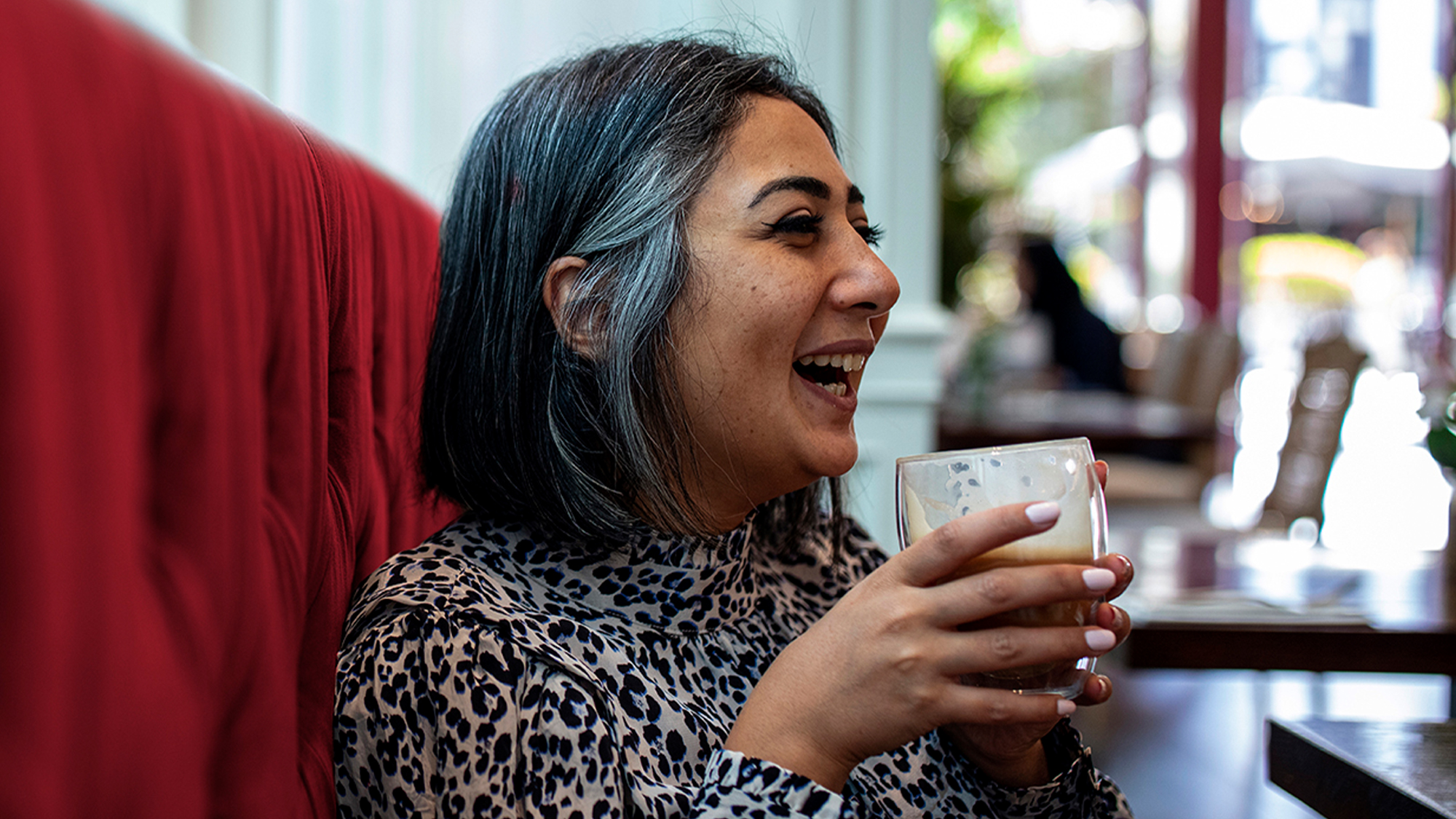
Whether you’re on a family holiday in Europe or a business trip to Asia, you may have the choice between paying in the local currency or UAE Dirhams.
While UAE Dirhams will be familiar and you might feel more comfortable with the amount, it’s usually not the cheapest way to pay.
Here’s a quick guide to explain how paying for things in other currencies works.
A dynamic currency conversion (DCC) is when currency is converted at the point of sale – for example, in the restaurant or shop you’re buying something in.
If you choose to pay in AED, your exchange rate will be calculated there and then by your retailer and the card system they use.
As they can adjust the exchange rate and the conversion fees they charge, it’s often more expensive to pay this way compared to in the local currency. Paying in the local currency means your bank or card provider will complete the exchange, usually at a better rate.
Retailers should always give you the choice on how to pay, so if they present the bill in AED you can request to pay in the local currency instead.
While your exchange rate and transaction fees will likely be better through your bank or card provider, it’s good to know exactly what they’ll be.
The terms and conditions of your card will lay out the related charges, so check before you go away.
Consider setting up a travel plan before you go abroad to let your bank know what you’re planning.
Explore: Our range of credit cards
Depending on the terms of your debit card, it often costs the same or more to withdraw cash from an ATM machine in the local currency as it does to spend on your card.
You may want to have some cash to hand for retailers that don’t accept card, but using your card for payments will be more practical in general. You’ll also want to avoid having lots of cash leftover at the end of your trip.


